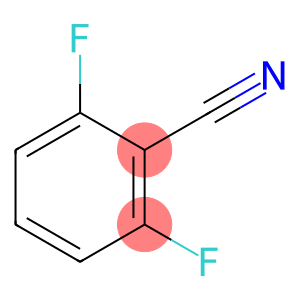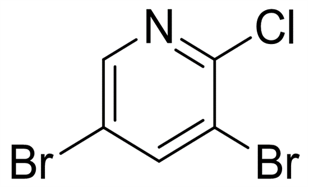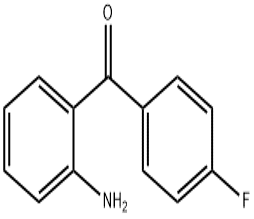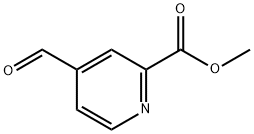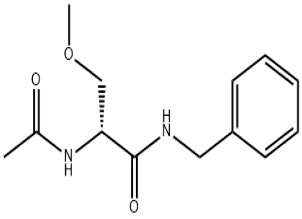2-6-Difluorobenzonitrile(CAS#1897-52-5)
| Risk Codes | R20/21/22 – Harmful by inhalation, in contact with skin and if swallowed. R36/37/38 – Irritating to eyes, respiratory system and skin. |
| Safety Description | S26 – In case of contact with eyes, rinse immediately with plenty of water and seek medical advice. S36 – Wear suitable protective clothing. S36/37/39 – Wear suitable protective clothing, gloves and eye/face protection. |
| UN IDs | 3439 |
| WGK Germany | 3 |
| TSCA | T |
| HS Code | 29269095 |
| Hazard Note | Toxic |
| Hazard Class | 6.1 |
| Packing Group | III |
Introduction
2,6-Difluorobenzonitrile, also known as 2,6-difluorobenzonitrile, is an organic compound. The following is an introduction to its nature, use, preparation method and safety information:
Quality:
- Appearance: 2,6-Difluorobenzonitrile is a colorless liquid or white crystal.
- Solubility: Soluble in organic solvents.
Use:
- 2,6-Difluorobenzonitrile is often used as an important intermediate in organic synthesis, for example as a starting material for the manufacture of other organic compounds.
Method:
- The preparation method of 2,6-difluorobenzonitrile is mainly obtained by the reaction of 2,6-difluorobenzyl alcohol and sodium cyanide in the presence of an alkaline catalyst.
- The specific steps include the reaction of 2,6-difluorobenzyl alcohol with sodium cyanide under alkaline conditions, followed by acidification to obtain the 2,6-difluorobenzonitrile product.
Safety Information:
- 2,6-difluorobenzonitrile has low toxicity, but care should still be taken to avoid direct contact with the skin, eyes, and respiratory tract.
- Proper safety procedures and proper protective equipment need to be followed when used or stored.
- When the compound is accidentally touched or inhaled, it should be cleaned or ventilated immediately and medical attention should be sought promptly.


